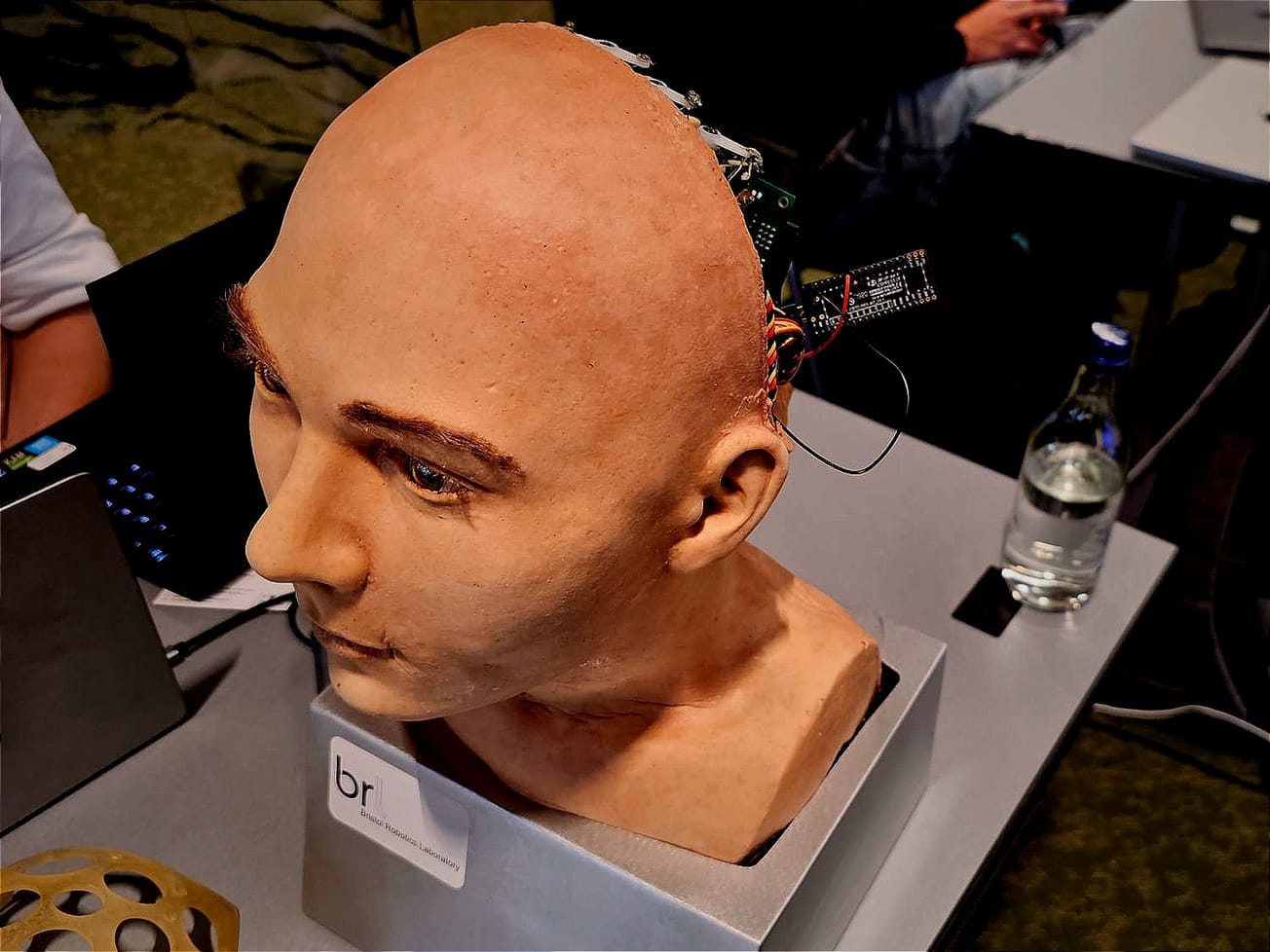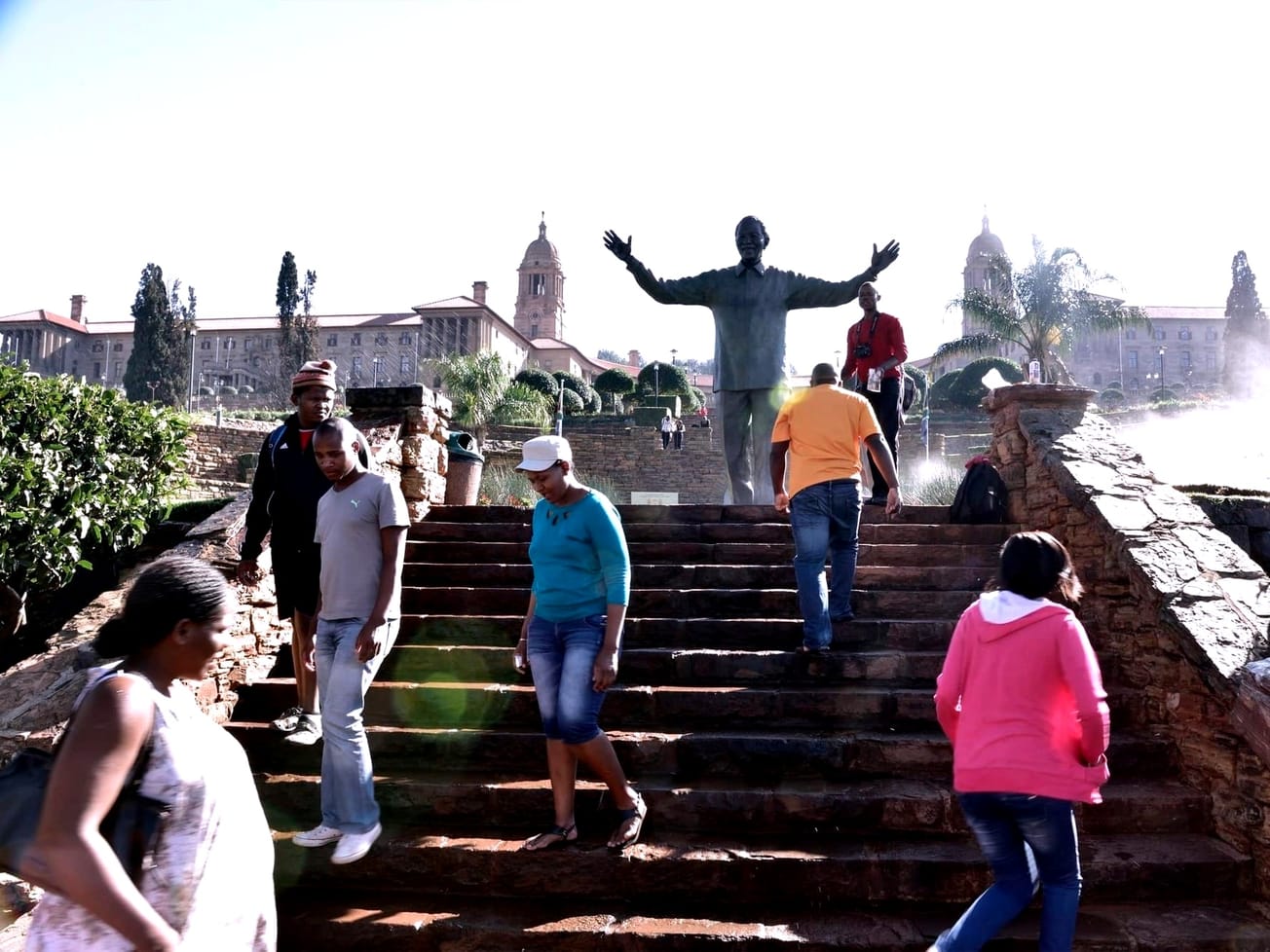After years of planning, an international organization faced off against hundreds of protesters as it tried to start building a billion-dollar telescope atop sacred Hawaii's sacred Mauna Kea, a dormant volcano.
About 300 to 500 protesters turned out at Mauna Kea attempting to block the start of construction on Monday. Some of them chained themselves to the metal grates of a cattle guard to block the road. Hundreds more peaceful protesters gathered in front of Hawaii's State Capitol, where they held signs and danced.








